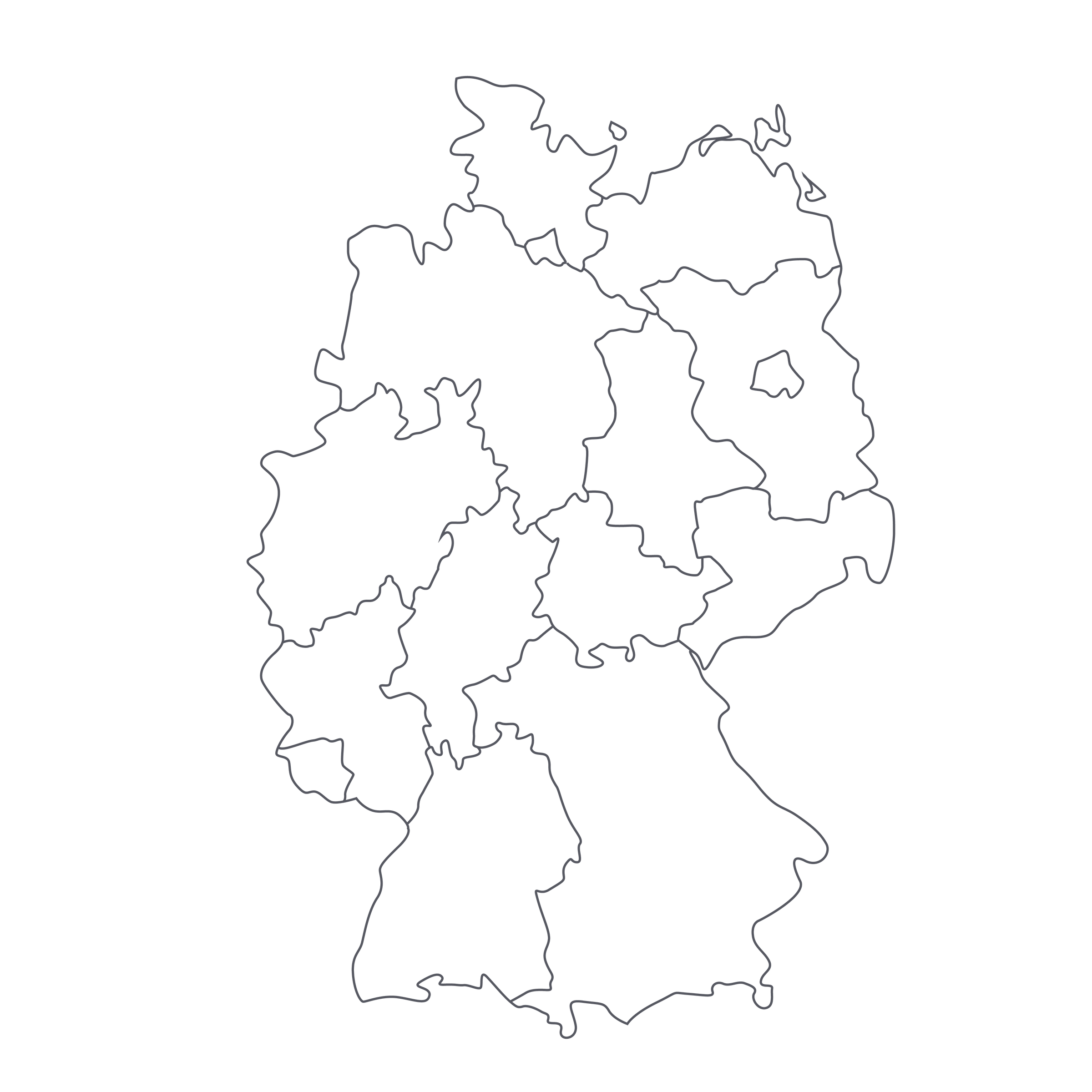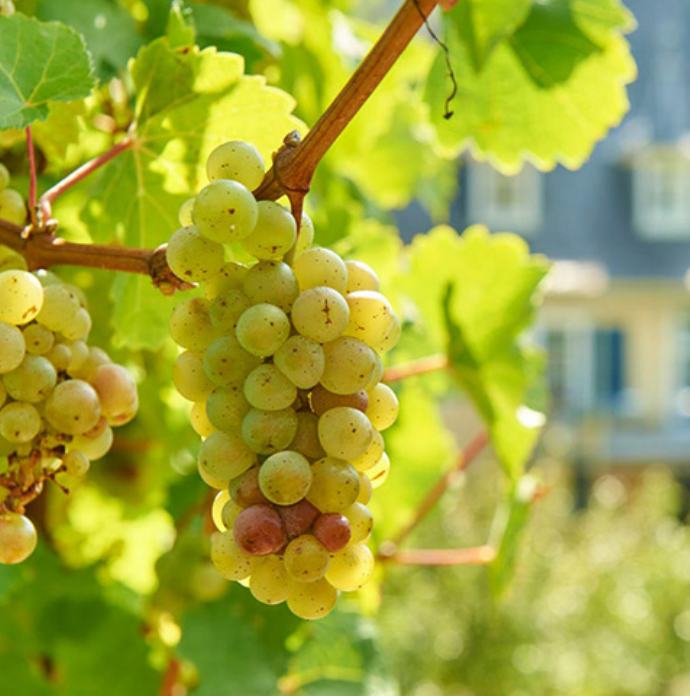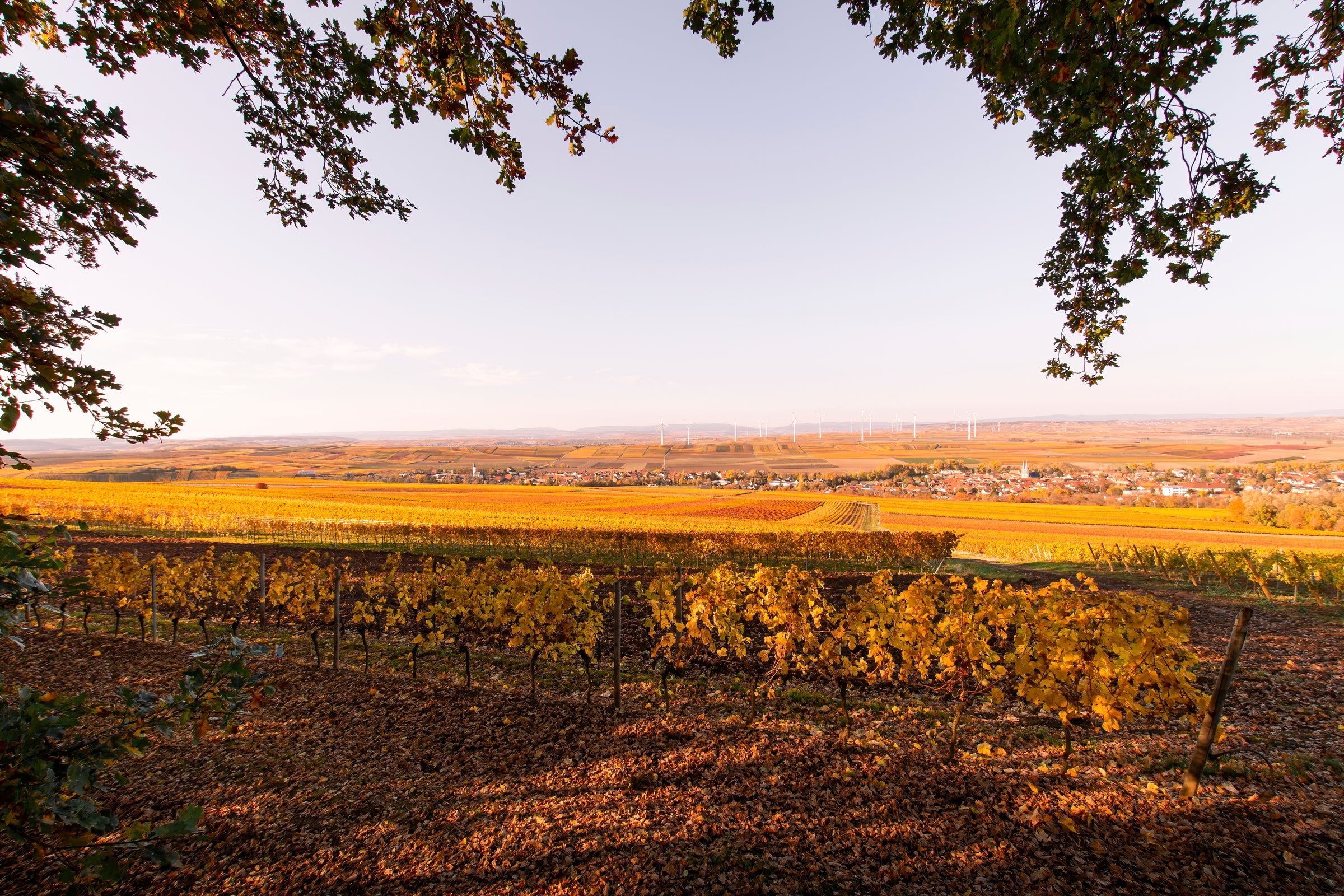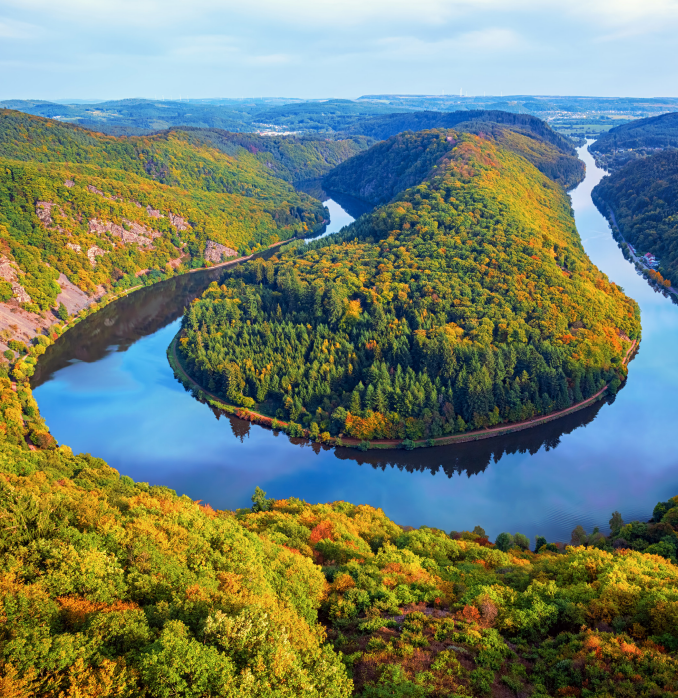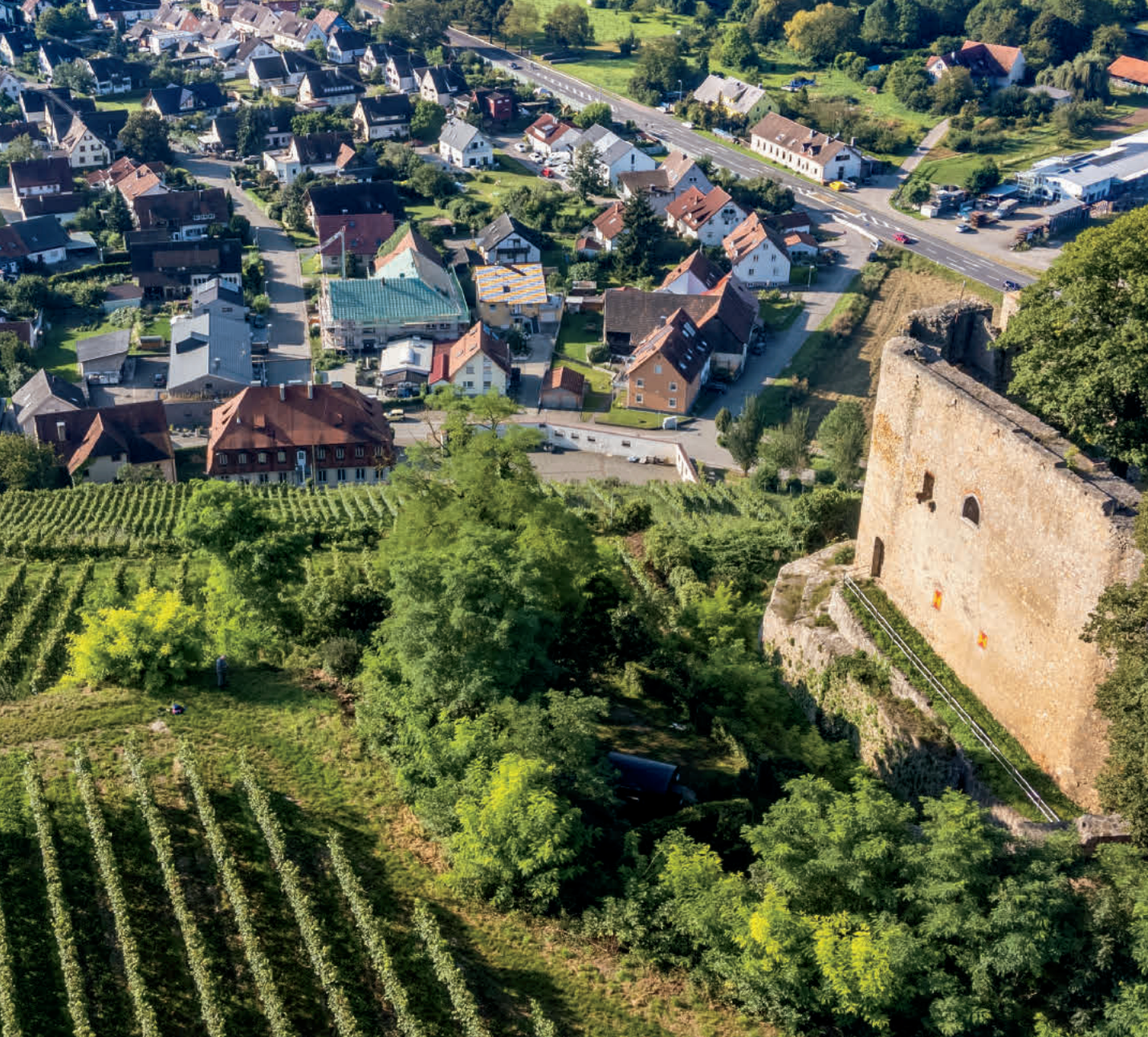Mosel Riesling in great vintages is as intellectual as it is sensual: The balance of sugar and acid is kind of mind-boggling, challenging your perception of “sweet” versus “dry” in a way that no other grape can. And yes, 2010 was a great vintage: one of the best of the last decade. Combine that with one of Germany’s most iconic vineyard sites—Piesporter Goldtröpfchen—and you get this stunning Riesling from Weingut Lothar Kettern.
This 2010 carries a ‘Kabinett’ designation, the lowest level on the traditional prädikat ripeness scale, meaning it is just “off-dry,” balancing a small amount of residual sugar on acidity that’s as taut as a piano wire. Not only is this wine delicious to drink now, I foresee it aging beautifully for decades.
The vineyard source for this wine, Piesporter Goldtröpfchen, translates to “little drop of gold.” On the steep northern banks where the Mosel River takes a sharp curve, this vineyard occupies a near vertical amphitheater around the ancient village of Piesport. Although the cultivated history is recorded as early as 371 AD, it is believed to have been an important site even in earlier Celtic times. Lauded by the Roman poet Ausonius and the site of archeological excavations of Roman artifacts, Piesporter Goldtröpfchen is one of the most historically significant vineyards in Germany, producing wines that more than live up to its name. With decomposed blue Devon slate, quartz, and rich iron-oxide, the site delivers intense minerality. Additionally, the steep amphitheater is protected from harsher winds and is blessed with ample reflected sunshine from the Mosel, which results in ideal ripeness combined with bright acidity.
Weingut Lothar Kettern is a tiny producer on the golden slopes above the Mosel that has been rising to prominence as of late thanks to the new generation at the helm. Philipp Kettern took over from his father in 2009 and has focused his efforts on Goldtröpfchen. With serious education and hands-on training under his belt, Philipp moved the estate to more organic practices and works the vineyards for reduced yields and later harvests done entirely by hand. In the cellar, Philipp is a traditionalist who shuns manipulations—like the locally popular practice of de-acidification. He uses only natural yeasts and leaves his wines to age in tank longer than most before bottling, lending them added complexity and depth. The result is one of the most authentic snapshots of Piesporter Goldtröpfchen on the market.
The 2010 Piesporter Goldtröpfchen Kabinett Riesling is classic and beautifully balanced Mosel Riesling at its most pedigreed and pure. The concentrated straw-yellow core moves to green glints on the rim. Aromas of fresh honeysuckle, green apple, a touch of mango flesh, quince, green pineapple and yellow peach levitate from the glass around subtle notes of petrol and wet slate. The low dose of residual sugar is quickly cleansed with bright acidity that leaves in its wake flavors of wet slate, a bouquet of florals, and an array of stone and tropical fruit that dances across the palate. If you have yet to fall in love with German Riesling, this wine will surely seal the deal, and it will continue to grow more profound for years to come. If you’re enjoying it now, decant it about 30 minutes before serving at around 50 degrees, to really let its aromatics shine. Its texture, acidity, and hint of sweetness will make it a perfect partner for
this thai larb recipe. My mouth is watering just thinking about it!


